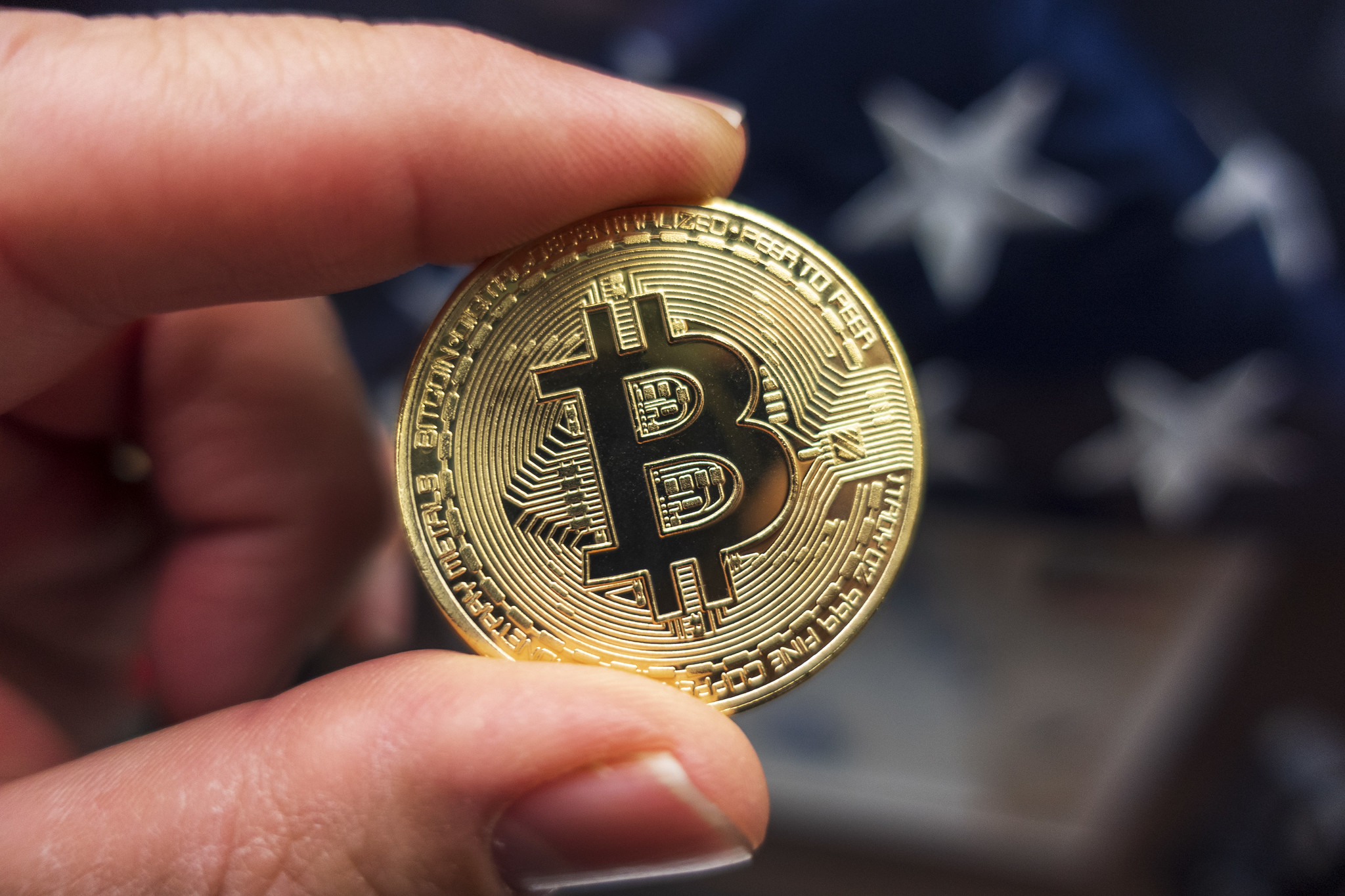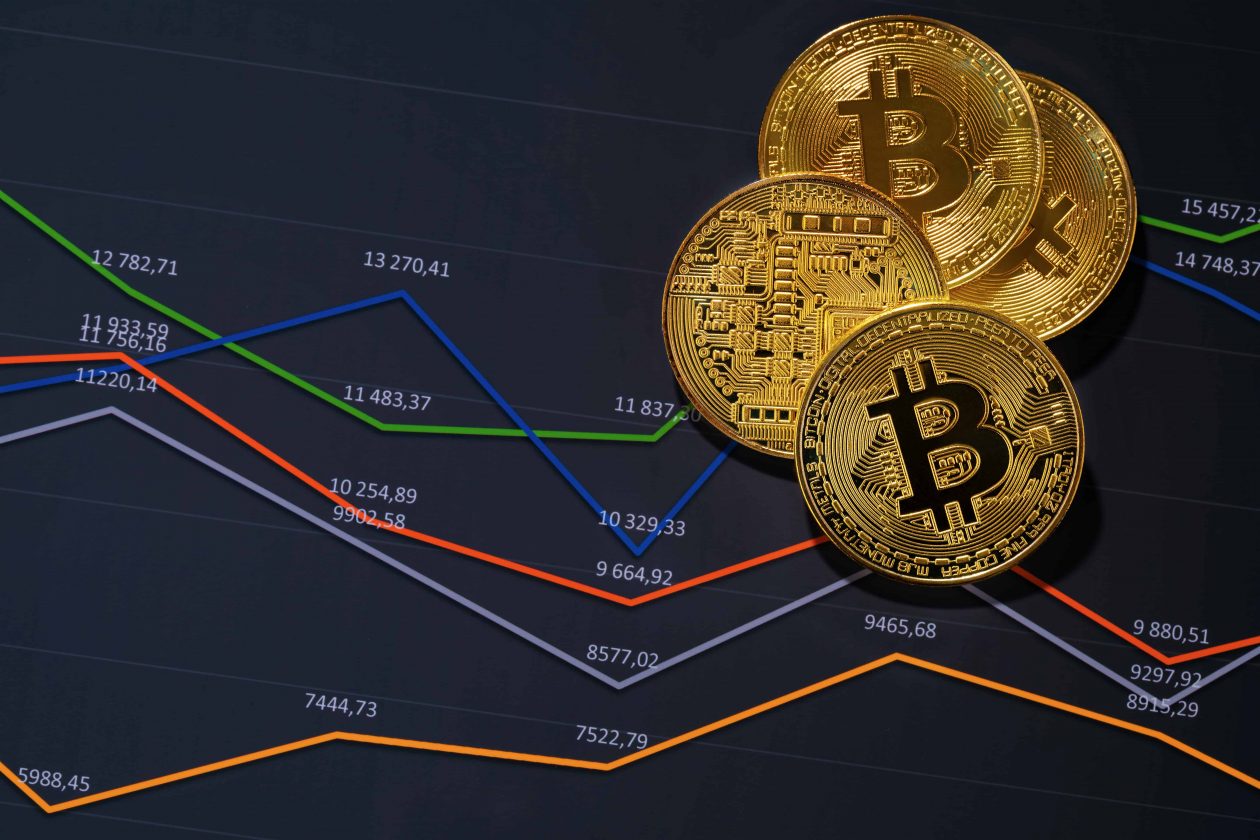cryptocurrency prices
Find your perfect match with cougar dating in boston
14 de maio de 2025cryptocurrency prices
14 de maio de 2025Cryptocurrency prices
Cryptocurrencies have been compared to Ponzi schemes, pyramid schemes and economic bubbles, such as housing market bubbles. Howard Marks of Oaktree Capital Management stated in 2017 that digital currencies were “nothing but an unfounded fad (or perhaps even a pyramid scheme), based on a willingness to ascribe value to something that has little or none beyond what people will pay for it”, and compared them to the tulip mania (1637), South Sea Bubble (1720), and dot-com bubble (1999), which all experienced profound price booms and busts https://assisesletrot2020.com/.
In the longer term, of the 10 leading cryptocurrencies identified by the total value of coins in circulation in January 2018, only four (bitcoin, Ethereum, Cardano and Ripple (XRP)) were still in that position in early 2022. The total value of all cryptocurrencies was $2 trillion at the end of 2021, but had halved nine months later. The Wall Street Journal has commented that the crypto sector has become “intertwined” with the rest of the capital markets and “sensitive to the same forces that drive tech stocks and other risk assets,” such as inflation forecasts.
Although cryptocurrency is defined as a form of “digital currency”—implying it’s a kind of money—most businesses and consumers have not adopted it as a common medium of exchange. In other words, most stores will not accept crypto as a form of payment.
There are also centralized databases, outside of blockchains, that store crypto market data. Compared to the blockchain, databases perform fast as there is no verification process. Four of the most popular cryptocurrency market databases are CoinMarketCap, CoinGecko, BraveNewCoin, and Cryptocompare.

Hawk tuah girl cryptocurrency
“I take this situation extremely seriously and want to address my fans, the investors who have been affected, and the broader community,” Welch said. “I am fully cooperating with and am committed to assisting the legal team representing the individuals impacted, as well as to help uncover the truth, hold the responsible parties accountable, and resolve this matter.”
Influencer Haliey Welch, who shot to internet stardom this year thanks to a particularly viral interview clip, is pushing back on accusations that “HAWK,” the cryptocurrency she helped launch this week, is a scam after its price plummeted. Welch said on X that she and the people behind the coin have not sold any of their holdings.
In an X post Thursday, Welch wrote that her team “hasn’t sold one token” and that no key opinion leaders, or influential figures who generated buzz around the coin, were given free tokens. She added that they also tried to stop snipers by implementing high fees, which have now been dropped.
Her manager told the Hollywood Reporter in July that she was unique in not having sought out internet fame, having been off social media for mental health reasons for several months before appearing in the now-viral “Hawk Tuah” video.
Emily Brown is UNILAD Editorial Lead at LADbible Group. She first began delivering news when she was just 11 years old – with a paper route – before graduating with a BA Hons in English Language in the Media from Lancaster University. Emily joined UNILAD in 2018 to cover breaking news, trending stories and longer form features. She went on to become Community Desk Lead, commissioning and writing human interest stories from across the globe, before moving to the role of Editorial Lead. Emily now works alongside the UNILAD Editor to ensure the page delivers accurate, interesting and high quality content.
Cryptocurrency bitcoin price
The entire cryptocurrency market — now worth more than $2 trillion — is based on the idea realized by Bitcoin: money that can be sent and received by anyone, anywhere in the world without reliance on trusted intermediaries, such as banks and financial services companies.
In January 2024 the SEC approved 11 exchange traded funds to invest in Bitcoin. There were already a number of Bitcoin ETFs available in other countries, but this change allowed them to be available to retail investors in the United States. This opens the way for a much wider range of investors to be able to add some exposure to cryptocurrency in their portfolios.
This is not strictly true, however, being that Bitcoins are stored on the blockchain and wallet addresses only identify them. But, to all intents and purposes, having a wallet and keeping its private key safe is similar to being in possession of and not losing a physical wallet containing cash.
BTC remained a purely peer-to-peer currency until July 2010, when it first began trading at prices ranging between $0.08 and $0.0008. However, the first commercial transaction of Bitcoin came earlier that year, on what is now known as ‘Bitcoin Pizza Day.’

The entire cryptocurrency market — now worth more than $2 trillion — is based on the idea realized by Bitcoin: money that can be sent and received by anyone, anywhere in the world without reliance on trusted intermediaries, such as banks and financial services companies.
In January 2024 the SEC approved 11 exchange traded funds to invest in Bitcoin. There were already a number of Bitcoin ETFs available in other countries, but this change allowed them to be available to retail investors in the United States. This opens the way for a much wider range of investors to be able to add some exposure to cryptocurrency in their portfolios.
Pi network cryptocurrency
The live Pi price today is $1.20 USD with a 24-hour trading volume of $735,715,771 USD. We update our PI to USD price in real-time. Pi is up 6.38% in the last 24 hours. The current CoinMarketCap ranking is #18, with a live market cap of $8,550,303,273 USD. It has a circulating supply of 7,116,430,295 PI coins and a max. supply of 100,000,000,000 PI coins.
KEY TAKEAWAYS ➤ The Pi Network is a cryptocurrency that lowers the barrier to entry for mining using a mobile device. ➤ By simply installing an app on your phone and pressing a button, mining is accessible to anyone. ➤ Users must receive an invitation from other users on the network to complete the mining process. ➤ While many critics have had extended concerns around the project’s legitimacy, the mainnet is scheduled for launch on Feb. 20, 2025.
The Maximum Supply of Pi is 100 billion tokens. The Maximum Supply is comprised of the following: 65 Billion tokens (or 65%) are allocated for all community mining rewards; 10 billion (10%) are allocated for foundation reserves; 5 billion (5%) are allocated for liquidity purposes; and 20 billion (20%) are allocated for the Core Team. Each allocation mentioned above tracks the community Migrated Mining Rewards issuance pace, so the proportions of each allocation in the total supply remains the same at any given time.
Disclaimer: This page may contain affiliate links. CoinMarketCap may be compensated if you visit any affiliate links and you take certain actions such as signing up and transacting with these affiliate platforms. Please refer to Affiliate Disclosure
Mining on the network is done by simply pressing a button daily as the rewards replenish every 24 hours. Due to Pi’s regular halving — an event in which the number of coins mined is reduced to half — the network attracts more users due to its scarcity. In addition, the network remains secure by Pi’s “security circle” whereby groups of 3–5 users vouch for one another’s credibility through trust graphs.

Warning: Use of undefined constant TDC_PATH_LEGACY - assumed 'TDC_PATH_LEGACY' (this will throw an Error in a future version of PHP) in /home/u565902632/domains/rmconstrutora.com.br/public_html/wp-content/plugins/td-composer/td-composer.php on line 209
Warning: Use of undefined constant TDSP_THEME_PATH - assumed 'TDSP_THEME_PATH' (this will throw an Error in a future version of PHP) in /home/u565902632/domains/rmconstrutora.com.br/public_html/wp-content/plugins/td-composer/td-composer.php on line 213